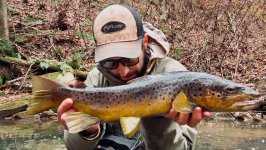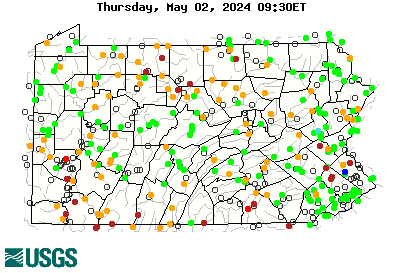- Joined
- May 3, 2011
- Messages
- 6,343
Just curious, did you move on or wait him out? I have done the same and spooked fish that were worth waiting for. Some never come out, but a lot of them come out after about 30 mins. I take a slow retreat and find a spot to wait and watch. The key, I have found, is to never take your eyes off the water.
I think not fishing tailouts, in anticipation of what appears to be better habitat at the head of the pool, is a very common mistake small stream anglers make. And one that I am notoriously guilty of. It sort of depends on the time of year, but in the Fall especially, in relatively low water and pre-spawn, don’t skip the tailouts.






